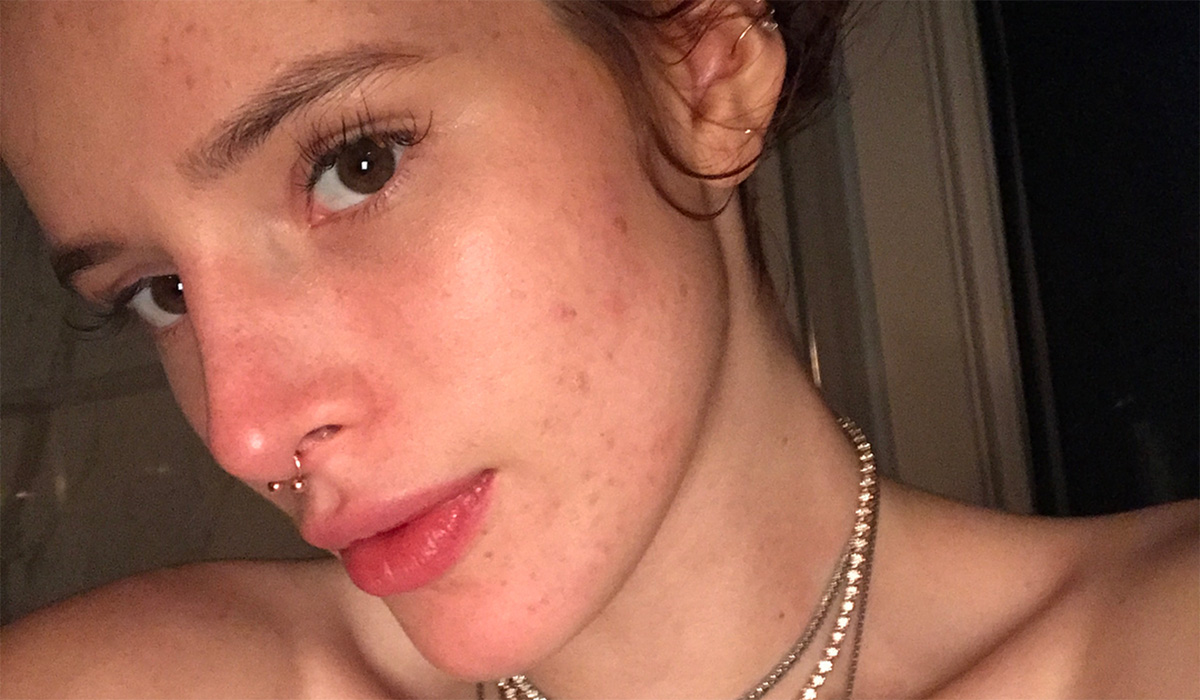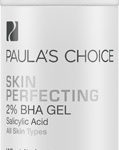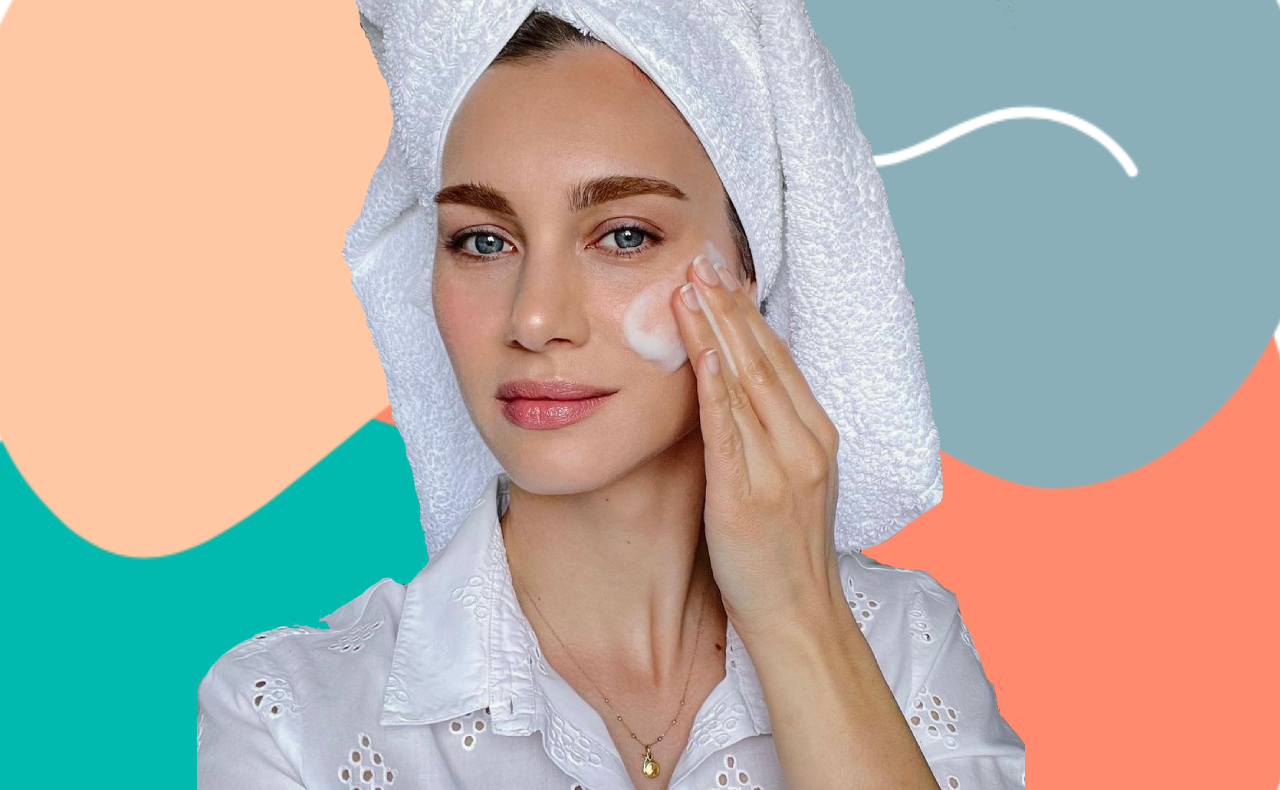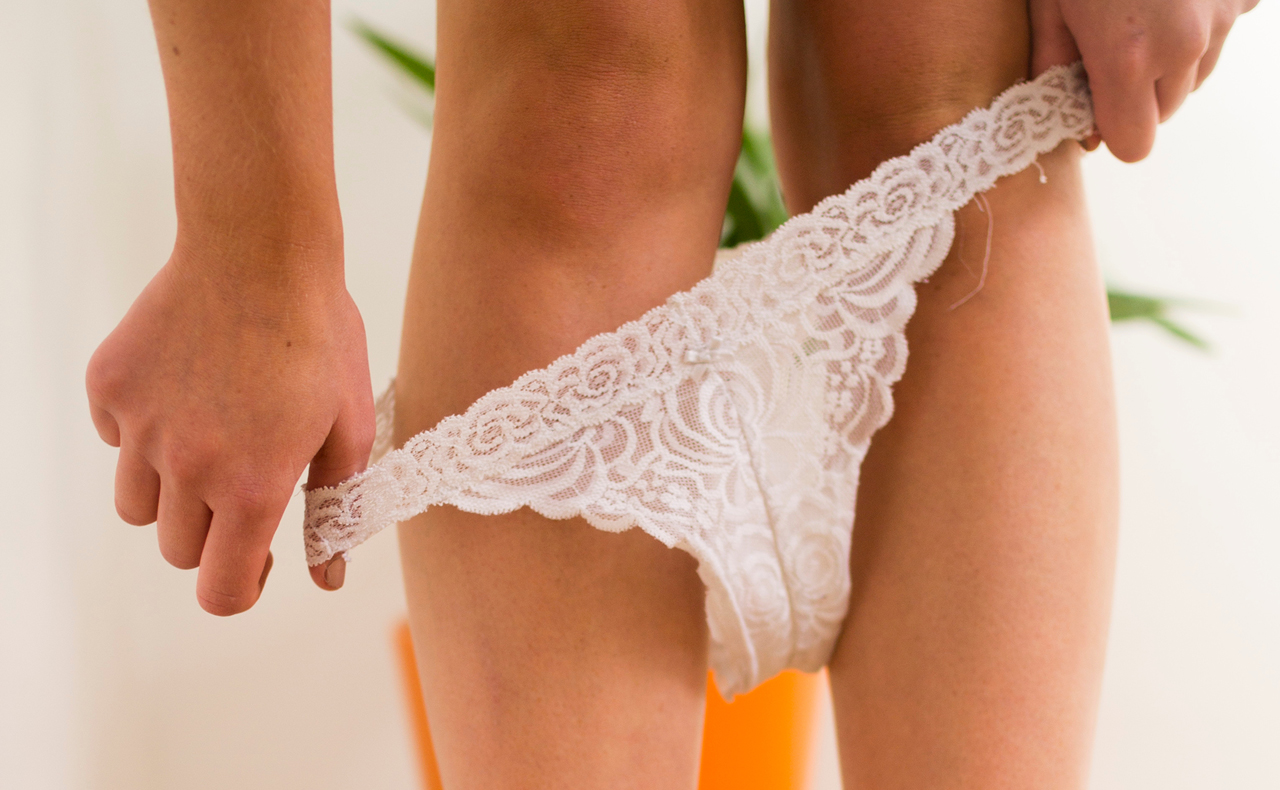It’s the world’s most common skin disease. Affecting men and women of all ages, acne can be found on the face, neck, back, chest and shoulders. Yet, frustratingly there is no cure for acne, which according to the Australasian College of Dermatologists, will affect 85 per cent of Australians at some time during their lives. The key to controlling acne lies in deciphering its cause and treating it appropriately.
RELATED: The skin care guide you need to read before summer
RELATED: Affordable eczema solutions if you suffer from itchy skin
What is acne?
Acne is a chronic skin condition which appears as an outbreak of plugged pores (see here to determine which kind of pimple you have). ‘Acne’ refers to a group of pimples, while a single spot is known as an acne lesion.
What causes acne?
Everything from chocolate to dirt has been blamed for acne at one time or another, but the truth is that a number of factors contribute to the appearance of acne. “Some teenagers get acne and others don’t, primarily due to one’s genetics,” says Emma Hobson from the International Dermal Institute and Dermalogica. “If one of your parents suffered from acne you have approximately a 50 per cent chance of having it yourself. Boys tend to suffer a little longer than girls with prolonged acne, but you can be looking at anything from one to five years.”
Acne forms when the sebum (oil) that is naturally produced by the skin mixes with dead skin cells and normal skin bacteria, Propionibacterium acnes (P acne bacteria), in the hair follicle. This causes the congestion and decrease in oxygen flow that results in a pimple.
Chances of developing acne are increased under certain conditions, such as:
Increased sebum production – The presence of extra sebum in the follicle increases the chance of clogs occurring.
Hormones – At puberty, the body begins to produce hormones called androgens. These cause the sebaceous (oil) glands to enlarge, causing an increase in sebum production. These hormonal fluctuations can continue well past the teen years and result in adult acne.
Bacteria – P acne bacteria is always present upon the skin but an increase in this bacteria can leave behind fatty acids that instigate irritation and redness. When a follicle is plugged, this bacteria thrives on the extra sebum and dead skin cells, creating the chemical reaction which causes inflammation in the lining of the follicle and surrounding skin.
Retention hyperkeratosis – While dead skin cells within the follicle are normally shed gradually and pushed to the surface, retention hyperkeratosis produces more dead skin cells than normal skin. These excess cells then stick together tightly, promoting follicular blockage.
Stress – Stress triggers the pituitary gland to stimulate the adrenal glands. In women, these glands produce testosterone, which results in an increased production of sebum. Stress also increases cortisol levels in the body and this can also affect hormones.
Lifestyle – Getting enough sleep, drinking plenty of water, eating a balanced diet and developing good hygiene habits can also help prevent acne.
Treatment
“Regardless of the severity of acne,” says Emma Hobson, “sebum production is the key catalyst to skin eruptions. By controlling excess sebum production with a series of professional treatment and at-home products, you can improve the overall condition of the skin and manage your acne concerns.” Individual pimples may take two to three months to form, even though they appear to pop up overnight. This means it takes at least two to three months before you can assess how well regular acne treatment is working, even though there is often some initial improvement in the first few weeks.
Look for the following ingredients in cleansers and acne treatments:
Salicylic acid – A beta hydroxy acid (BHA) that exfoliates keratinised cells that are being retained within the follicle. It helps loosen blockages without causing dehydration and tightness.
Tea tree – Tea tree is an extremely effective anti-inflammatory and antimicrobial essential oil.
Benzoyl peroxide – This chemical introduces oxygen into the follicle, thereby killing the anaerobic, pimple-producing bacteria which cannot live or grow in the presence of oxygen. It also helps to dry out and peel away pustules and papules. For individual breakouts, Hobson says you should look for products with five per cent strength benzoyl peroxide. “They work like magic on the spot to clear it up quickly and effectively, but only apply these products directly on the spot as these can be very strong and very drying,” she explains.
Alginated zinc triplex – This combination of hydrolysed algin (from brown seaweed) and zinc sulphate has a good antibacterial and anti-inflammatory action. It also interferes with the action of the five alpha reductase enzyme, which has been shown to reduce sebum by approximately 26 per cent.
Azelaid acid – A natural, non-toxic dicarboxylic fatty acid which helps to kill the P acne bacteria and normalise abnormalities in the cell turn over which can cause clogging of the follicle.
Betaglucan – Helps improve the skin’s defence against an invasion of bacteria and also reduces inflammation.
Routine
In addition to daily cleansing and treatment products, a good daily skincare routine should involve moisturiser and sunscreen. Hobson stresses that these steps are very important for oily or acne prone skin.
Cleanse
You should cleanse your skin one to two times a day, but be careful not to overdo it as cleansing can strip away the skin’s protective oils. Cleansing more than twice a day can also lead to dryness and irritation, stimulating the skin to produce an overcompensation of oil. “Avoid products with alcohol that strips, irritates and dries the skin,” Hobson notes. Try: Skin Physics Dragon’s Blood 3-in-1 Advanced Treatment Cleanser
Exfoliate
You should gently exfoliate your skin about once a week to help unclog pores and keep them clear. Avoid harsh, grainy scrubs that can overstimulate the skin and cause excess sebum production and try an acid exfoliation formula. Try: Paula’s Choice Skin Perfecting 2% BHA Gel Exfoliant
Treat
When treating spots, look for the ingredients listed above, use products as directed and remember to be patient – give the treatment a fair amount of time to work. Try: Dermalogica Medibac Breakout Control
Moisturise
“A moisturiser will help protect the skin. You can find some great oil-free feather light skin lotions and moisturisers that melt into the skin. Some may actually contain ingredients to assist the acne condition, such as salicylic acid or microsponges which actually mop up excess oil in the skin and help reduce shine.” Try: Neutrogena Visibly Clear Spot Proofing Oil-Free Moisturiser
Sunscreen
It’s a myth that sunlight can help improve acne, but that’s not the only reason you should stay out of the sun. Sunlight can increase early ageing of the skin. Some acne treatments can also increase the skin’s sensitivity to ultraviolet light, making it even more important to invest in a light, non-oily sunscreen. Try: Rationale Beautiful Skin Superfluid SPF50 C1 (find it at rationale.com)
Things to avoid
Avoiding trigger ingredients is every bit as important as seeking helpful ones. “Essentially, you must always look for the term ‘non-comeodogenic’,” says Hobson. “This means that there are no ingredients in the product that will cause congestion in the follicle. Ingredients such as D & C red dyes [used for colour] and isopropyl myristate, which is often used to give make-up a velvety feel and spreadability, creep into the follicle, causing irritation and leading to an increase in sebum production and dead cell build up.”
Comedogenic ingredients to avoid include acetylated lanolin, butyl stearate, cocoa butter, flax oil, linseed oil, isopropyl myristate, peanut oil and palmitic acid. Mineral make-up is a good choice for those with acne-prone skin as it is non-comeodogenic, does not contain harmful ingredients, reduces the risk of an allergic reaction and is also anti-inflammatory.
Severe acne
If you have a moderate to severe acne condition and over-the-counter products have little or no effect, you should seek professional medical advice from a dermatologist or GP. They can offer solutions only available on prescription, including strong preparations of vitamin A derivatives. Prescribed oral antibiotics are also effective in treating acne, as are oral contraceptives for females. Another option is blue light therapy, which activates porphyrins in the hair follicles and causes the destruction of the bacteria within.
Acne Scarring
Scarring is a nasty side effect of acne that can leave behind a reminder for years to come. While no one knows exactly why acne can become a scar, picking at pimples or treating spots incorrectly doesn’t help. “The way a scar forms is affected by genetics, an individual’s age and the location on the body or face. Younger skin makes strong repairs and tends to over-heal, resulting in larger, thicker scars than older skin,” explains Hobson.
Types of scarring
Pseudo-scars – Some formations may look like acne scars but will eventually disappear, leaving no permanent mark. These marks include macules, flat reddish spots that form the final stage of an acne lesion, and post-inflammatory pigmentation, which is a patch of discolouration at the site of a healed or healing inflamed acne lesion. Macules may last for up to six months while post-inflammatory discolouration, which is more common in people with darker skin or those who overexpose themselves to the sun, may persist for up to 18 months.
Hypertrophic scars – These usually develop within the first four to eight weeks following an acne outbreak and appear as a pink, firm, raised band. In some people, these scars gradually disappear; in others they may persist or even enlarge slightly.
Atrophic or ice-pick scars – Often difficult to eradicate completely, these scars occur after moderate to severe inflammatory acne. The inflammation associated with these disorders disrupts the normal underlying collagen and leaves the cutaneous surface of the skin with multiple indentations. These are usually small with a jagged edge and steep sides.
Keloid scars – The result of an overly aggressive healing process, these occur when the skin cells respond to injury by producing an excess of collagen that then forms into a lumpy, fibrous mass. This type of scarring more commonly occurs in people with darker skin.
Treatment
Some scars will fade to a manageable point over time but others might require action to improve their appearance. There are a number of treatment options for scarring, most of which involve the removal of the top layer of the skin. “Scars need a treatment protocol to re-damage and remove the scarred tissue and then repair and rebuild a stronger firmer tissue underneath,” details Dickson.
Peels – Peeling treatments employ chemicals to remove the outermost layer of the skin, improving and smoothing skin texture.
Laser resurfacing or laser peels – A carbon dioxide laser is used to remove areas of damaged skin layer by layer, minimising the damage to healthy tissue. It may leave skin swollen for one to two weeks and red for six to 12 weeks.
Microdermabrasion – The skin is sandblasted by micro crystals/ granules to remove the top layer of the skin and dead skin cells. It also promotes the production of new cells in the deepest layer of the dermis. It can leave you with temporary redness, increased sun sensitivity and dryness.
Daily treatments – Exfoliation can speed up the healing of macules while whitening and fading products which suppress melanin production can help with post-inflammatory pigmentation.
Prevention
Although it is not entirely clear why we scar, the chances of a scar occurring can certainly be reduced. ”The quicker the skin problem is brought under control, the less likely it will scar,” says Dickson. “So they key to preventing skin from scarring from acne is to eliminate the inflammation as quickly as possible and heal the infection.” Hobson adds that reducing skin trauma is also crucial. “Absolutely never squeeze a spot. This is an inflamed lesion filled with bacteria, and if you squeeze it you can spread the infection, cause damage to the very delicate skin and end up having not only more spots but a scar as well. “Remember, a spot may last a week but a scar can last a lifetime,” says Hobson.
Have you experienced acne scarring? Have you used any products that have helped?







I think this “non-comeodogenic” is my main concern when it comes to buying products..
Very thorough and clearly informative article
Consume low GI foods, research has shown that this improves acne!
I’m lucky not to suffer from acne but I have hirsutism which is distressing!
I’m prone to acne, but rarely the cystic kind. I love cleansers with salicylic acid & I’ve always got Clearasil on hand. Rosehip oil got rid of the residual red spots that would linger for weeks after a zit healed.
With my oily skin, I used to avoid oils, but now, I love it!